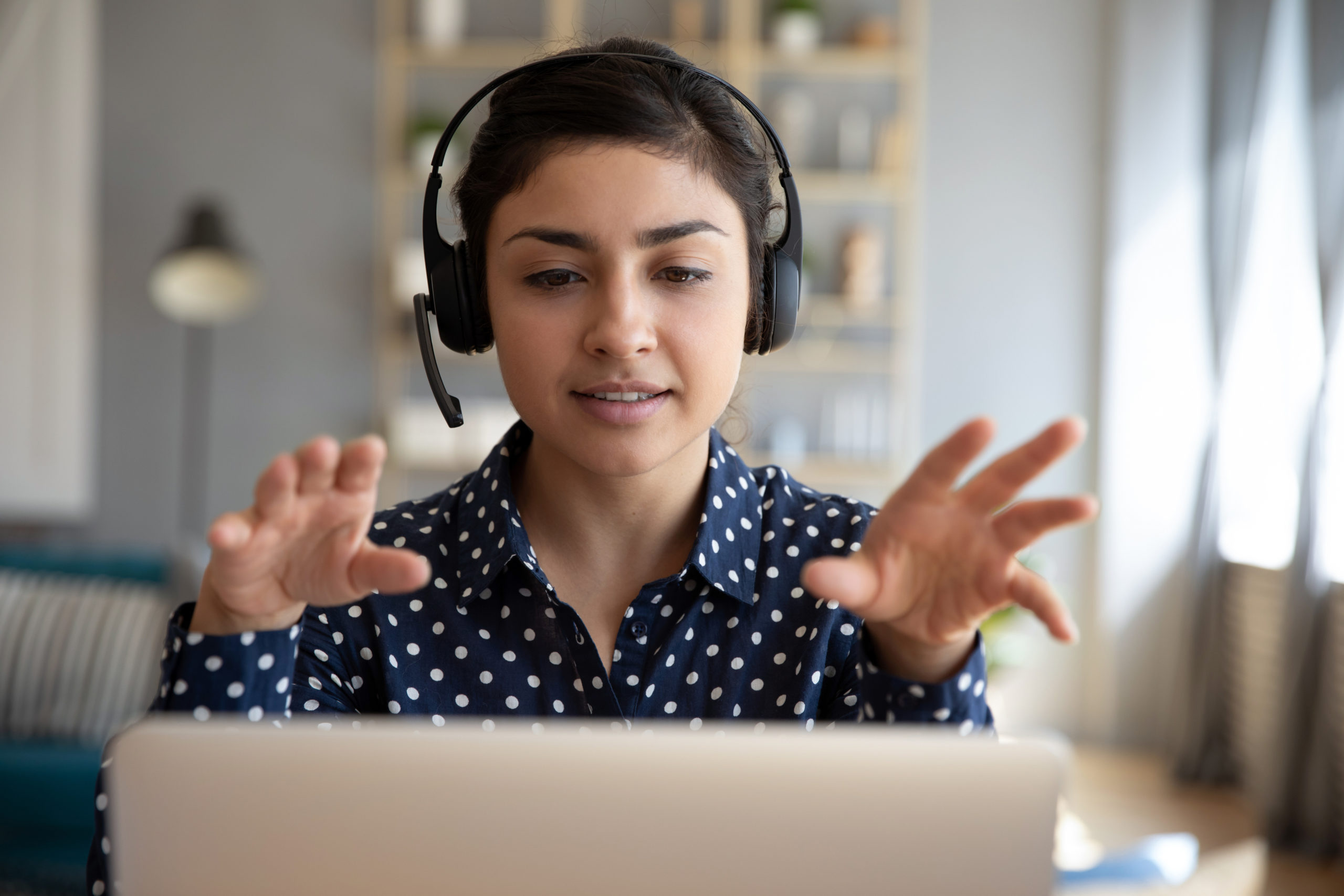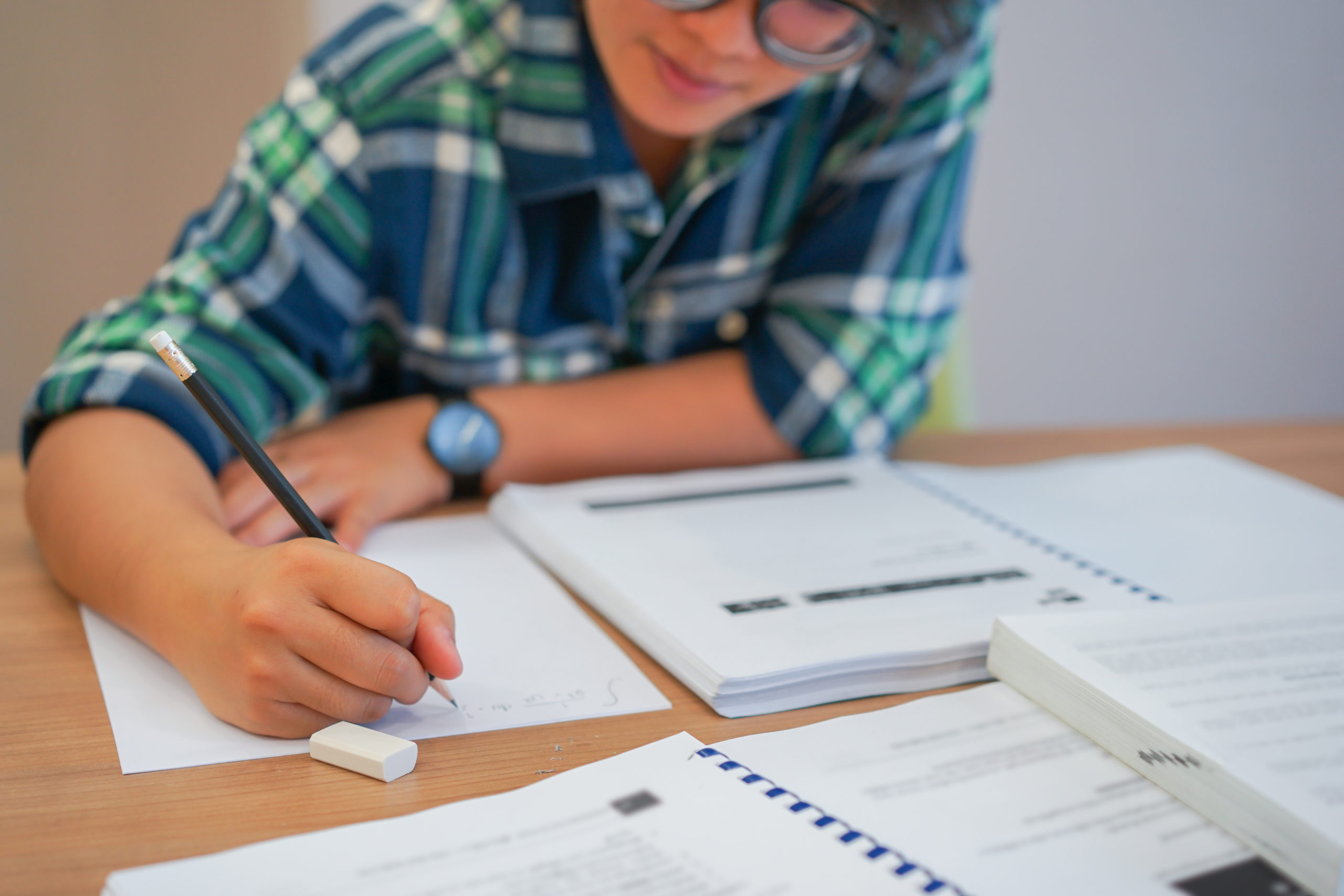In the next week, many Minnesota teachers will take these lessons online and seek to engage and connect with students using video. So how do you use these tools to get the best results?
MREA partner, Captivate Media, offers these 10 tips for teachers:
1. Check your Internet speed.
Make sure your home network can handle a video call. This can be tricky when you have family members connecting to multiple devices at the same time that all require bandwidth. If you are noticing delays, you may want to stagger times when people are using your home network.
Use https://www.speedtest.net to check your internet speed. When video chatting, your upload speed is more important than your download speed. You want an upload speed of at least 5 Mbps.
2. Check your background.
Even though you want the focus to be on you as you are teaching, your students will also be looking at what’s in the background. Is there anything distracting? Potentially controversial? If you have a bookshelf behind you, review the titles.
You don’t want to have anything that will distract from what you are trying to teach. You can also add things to the background that may supplement what you are talking about.
3. Elevate your camera.
When video conferencing was getting started, many people would put their laptops on their desk and would look down at them. The result was a lot of “nostril shots”. If possible, try and have your camera slightly higher than eye-level.
Everyone looks better from a higher angle shot than a lower angle shot. You may need to find some books to prop your laptop up. Or, if you have an office chair, try lowering it for the same effect.
4. Keep your notes on-screen.
Have a document on your screen that has your outline or your notes for what you are teaching. Having a lot of papers can be distracting and noisy to go through. Have the font large enough for you to read, but not so big that you have to do a lot of scrolling.
5. Eyes on the camera.
It’s hard not to look at yourself when you have a big “mirror” (or monitor) staring at you. Try and maintain eye contact with the camera and not the window on your screen that shows your face.
If you have notes, try and put them directly under your camera. Consider adding a post-it note next to the camera to remind you where to look.
6. Sound and lighting are important.
Poor lighting and sound can be a distraction instead of an asset to what you are trying to teach.
For good lighting, natural light is best. If you are able, set-up in front of a window that can light your face. If you wear glasses and are seeing a glare, try moving your camera so the window is 45 degrees off to the side. Do not set up with a window behind you, which will make you appear very dark.
For good audio, find a quiet place in your home that is free from noises like other people in the house, creaky floors, the furnace, etc. If you have a pair of headphones that have a microphone, these can work well to not pick up as much background noise.
7. Test your set-up.
Video chat with a friend or colleague before recording something for your students. Have them give you feedback on how you look and sound, and your background. Practice looking into the camera to maintain good eye contact. If you are able to record this, it is helpful to play it back and critique yourself.
8. Practice makes perfect.
This is likely something that is new for you. You are going to learn something new every time you record something. Practice your video before recording to ensure it’s clear and professional.
9. Do quality control.
If you are recording a lesson, rewatch the entire video before posting. This allows for quality assurance and a chance to re-record or edit something if necessary. Once the video has been shared, it’s more difficult to make updates.
10. Be yourself.
Your students want to see YOU! Be genuine, conversational and engaging. Let your personality come through in your teaching. Just because you are talking in front of a web camera doesn’t mean you need to lose those things that make you unique as a teacher.
Tools & Application
Many of these tips also apply for video conferencing and streaming.
YouTube has been the go-to tool for teachers uploading videos. It also can be used to create live streams. Teachers can create their own channels, making them public or private.
Zoom, a remote video conferencing service, is among the top tools schools are using to bring students to together for interaction and learning. Google Hangouts and Flip Grid are other options.
……………………………….
Stay Connected
Stay apprised of resources and news on COVID-19 for schools at: MREAvoice.org/covid19





